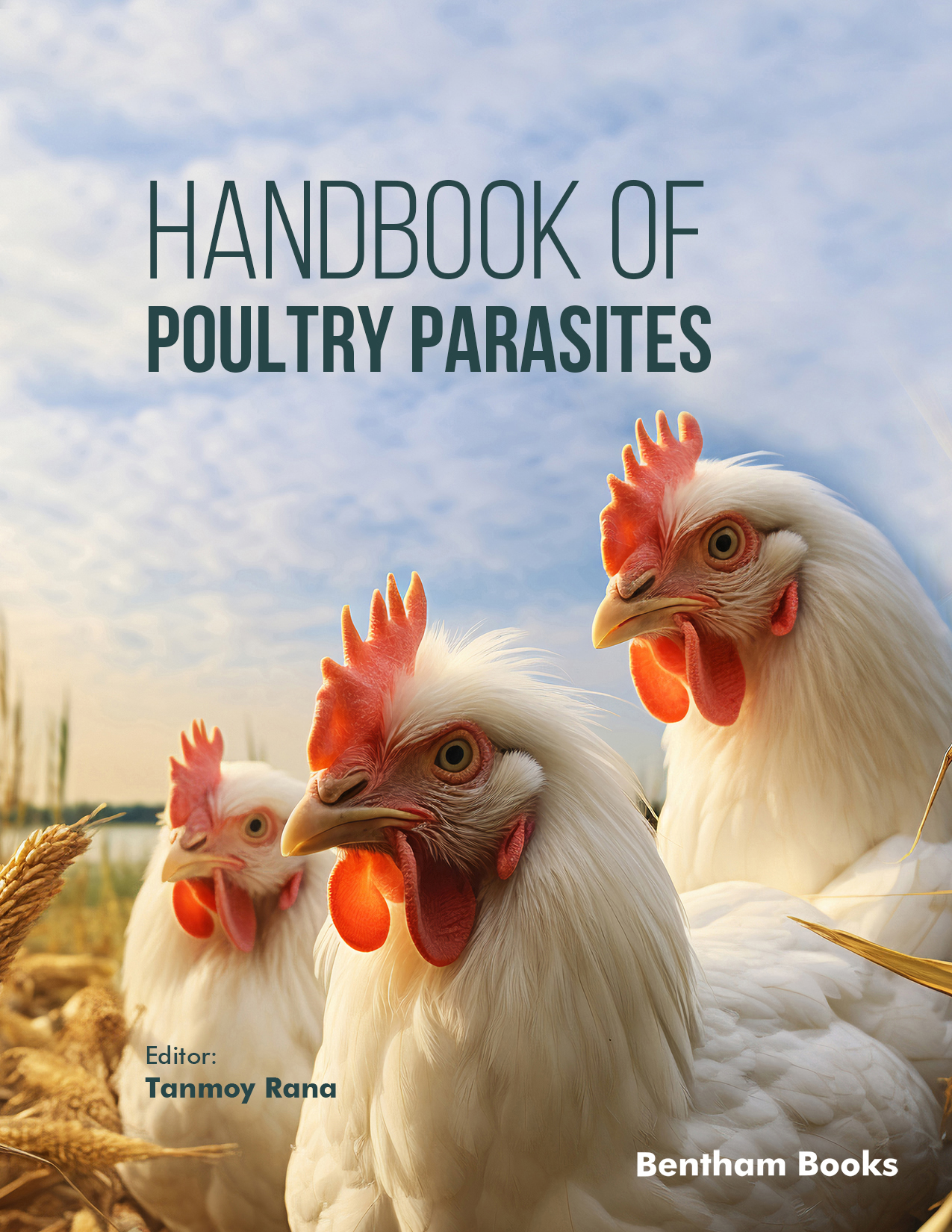Introduction
Handbook of Poultry Parasites offers critical insights into the etiology, pathology, diagnosis, and prevention of parasitic diseases affecting poultry. With poultry production being a cornerstone of global food security, understanding the impact of parasites is essential for sustaining flock health, productivity, and economic viability. This volume brings together expert contributions that systematically examine the biology, clinical manifestations, and control of parasites in poultry, making it an indispensable reference for students, researchers, and professionals in veterinary and animal sciences.
The book begins with general aspects of poultry parasitology, covering seasonal disease dynamics, principles of parasitism, pathological and immunological responses, diagnostic methodologies, and therapeutic strategies, including vaccines, drug resistance, and One Health approaches. The second section focuses on organ- and species-specific parasitic diseases, addressing infections caused by flukes, roundworms, tapeworms, protozoa, ticks, fleas, mites, and lice. Each chapter emphasizes disease mechanisms, clinical signs, and effective preventive and treatment measures.
Key Features:
- - Examines principles of parasitism, immunopathology, and disease pathogenesis in poultry
- - Explores diagnostic approaches, therapeutic strategies, and the role of vaccines in parasite control
- - Evaluates organ-specific parasitic infections with detailed clinical and pathological insights
- - Addresses challenges of drug resistance and highlights sustainable management strategies
- - Features contributions by experts offering global perspectives on poultry parasitology
Readership:
A vital resource for undergraduate and postgraduate students, veterinary professionals, researchers, and poultry industry stakeholders.

